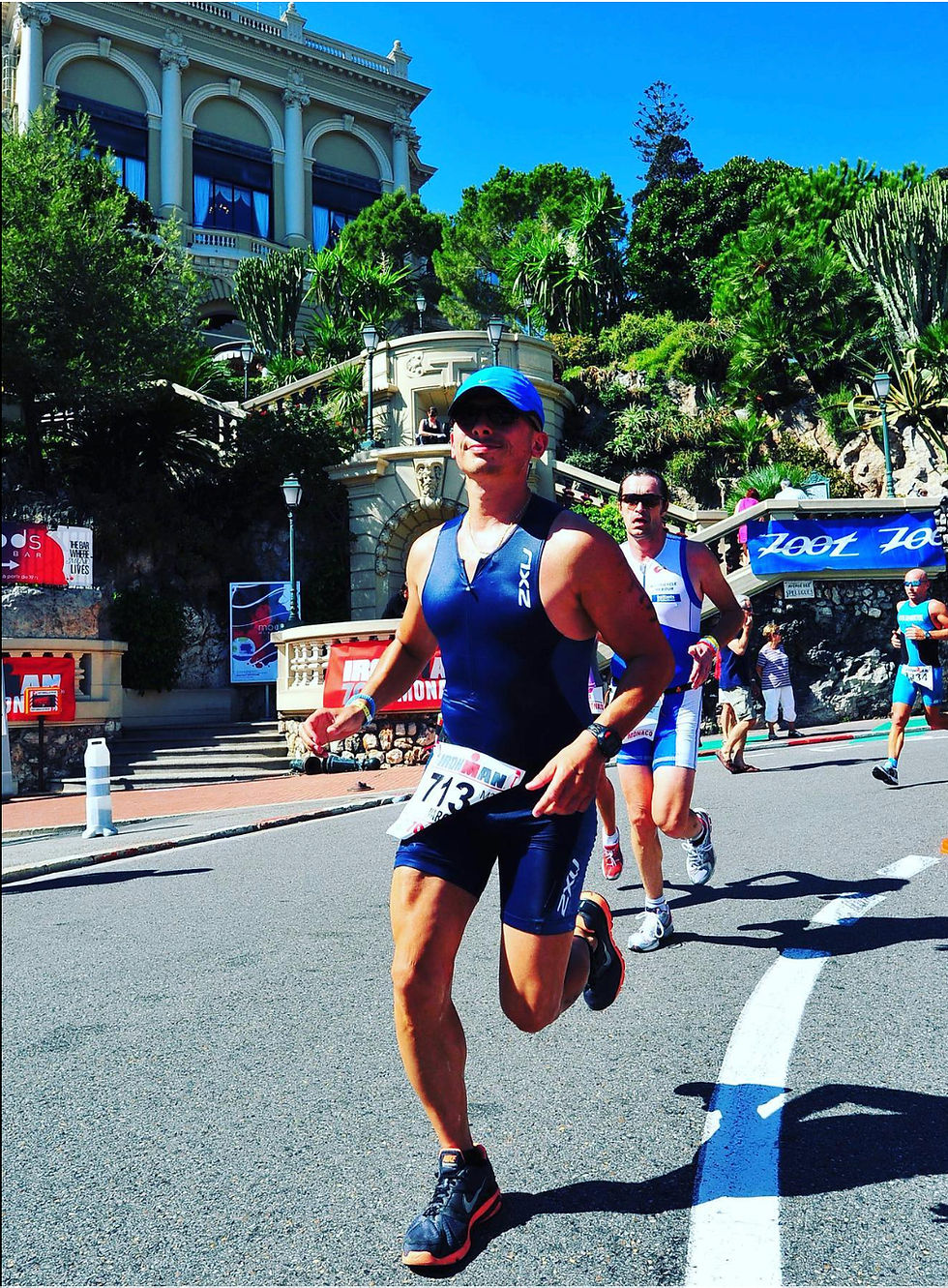Why Do We React Badly?
- Marco Paonessa
- Jun 13, 2024
- 3 min read
The Mental Modes in Question

"I just replied to him via email… Hmm… I might have been a bit curt…"
We can react in different ways depending on the mental mode triggered (automatic or adaptive). It's interesting to understand this because whether in stress management, self-confidence, mental preparation, or leadership, we all know that our best decisions in facing a new situation come from reason rather than a primary reaction stemming from our ego, fears, and doubts. Let's break down our brain into three parts, focusing on Steve MacLean's theory: the triune brain.
From my personal experience, many emails sent late at night or responding sharply to criticism have led to numerous regrets and much effort spent backpedaling, trying to correct my actions. My approach did not move the situation forward in the desired direction.
By understanding the following, I have been able to better manage this kind of plumbing we have in our heads, and quickly redirect thoughts and reflections to the right decision-making center.
The concept is simple: we initially had one brain, then over time, a second one appeared above it, followed by a third. We'll discuss a fourth one shortly.
1. The Reptilian Brain, also known as the primitive brain:
A purely primitive world… 400 million years old. Its goal: survive, eat, avoid dangers. It's instinctive, without memory, with simple rules leading to fear and pleasure… Upon receiving information (such as seeing a wolf), it triggers a response (flight, freeze), and then everything is forgotten.
2. The Limbic Brain (paleo-mammalian):
200 million years old. We enter the world of emotions, memory, and learning, although primitive instinct remains central. The concept of stress appears, along with irrational beliefs and certainties. The amygdala, a key part of the limbic system, plays a crucial role in threat detection. When it perceives a danger (real or perceived), it can trigger an immediate stress response, often bypassing the more rational parts of the brain. And here lies our topic.
3. The Neo-cortical Brain (neo-mammalian):
The third stage of our evolution, where we develop memory, perception, and representation. Here, we discuss sense and logic.
And after Steve MacLean's theory
4. The Prefrontal Cortex:
The new center of intelligence.
Once we have seen these four stages, we can discuss the management of our emotions and the instinctive blocks that prevent rational reflection, which could have led to making a different decision.

There are two decision centers: one at the limbic level and another at the prefrontal level. Information passes through the older, more primitive brains to reach the more subtle ones, opening the door to reason and intelligence rather than instinct. However, information can sometimes remain "blocked". We must understand that information first passes through our more instinctive part, which has stereotyped reflexes of fear and anger, potentially short-circuiting the flow to the prefrontal cortex.
Let's not forget that one of our primary functions was survival, so we possess this level that allowed our ancestors to survive. Let's not confuse a barbarian attacking us with an aggressive email from your superior or client. Stress triggers stereotypical reactions.
If you are stuck in your viewpoint and resistant to change, there's a strong chance you're stuck in the limbic mode... and this can be entirely justified. The limbic brain operates with a set code and a ready-made solution. Specialists discuss the automatic mental mode for familiar, simple situations that trigger simple responses (flight, rigidity, blockage), and the adaptive mental mode, which reacts with flexibility and courage.
Since MacLean's theory, many scientists, including neurobiologists, have questioned this categorization. However, what matters to us is how we can react better, and this framework can help some. Another framework I appreciate is the one presented by Arsène Wenger concerning the athletes he coached.
ON TASK:
Arsène Wenger, former coach of Arsenal football team, introduced the concept of "on task" with his players: depending on game events, a player can be in two mental modes. He doesn't refer to cortex or decision centers, but simply uses two colors:
RED: Emotionally driven. Includes hesitation, fear, dwelling on previous actions, and possible frustration.
BLUE: On task, focused on the present moment, action-oriented, determined, without interfering emotions.
With his team, Wenger implemented a method to transition from red to blue.
How to manage this?
By understanding how our brain works and using emotional regulation techniques, we can improve our stress management and decision-making. If you would like to learn more or have any questions, please feel free to contact me. Together, we can work on personalized tools to better manage your reactions and achieve your goals.
Marco PAONESSA
Accredited Relaxologist Therapist ASCA
Certified Life Coach RMT100




Comments